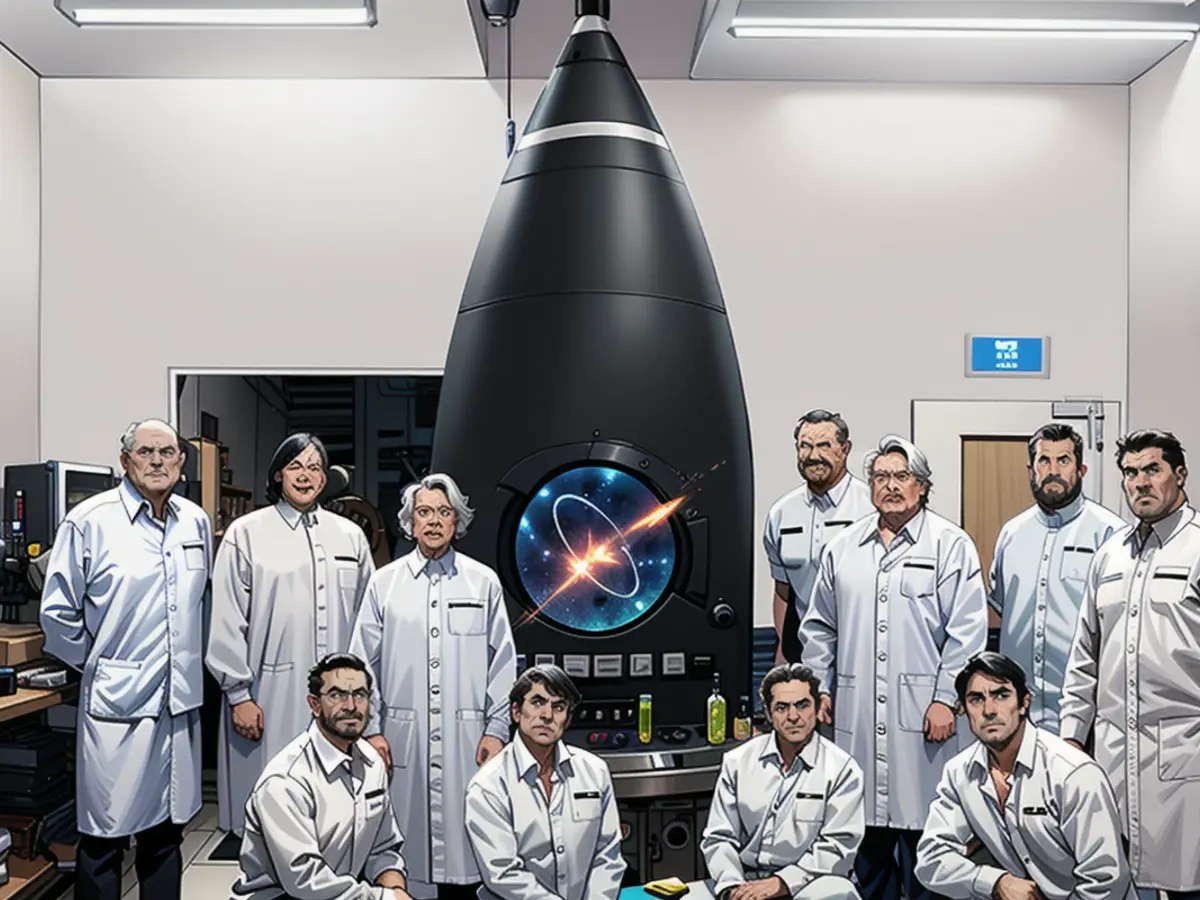Groundbreaking study by NASA - This satellite is constructed to forecast climate alterations.
In a recent press conference, Karen St. Germain, Research Director for Earth Sciences at NASA, explained how a new mission called PREFIRE will measure the heat escaping from Earth's poles.
"This is groundbreaking information we've never had access to before," St. Germain said, "and it will greatly enhance our understanding of what's happening at the poles and how it impacts the climate."
The satellite itself is compact, about the size of a shoebox, and was sent into space using an Electron rocket built by Rocket Lab. This small satellite is designed to perform infrared measurements over the Arctic and Antarctic regions to directly measure heat emission from the poles into space.
"This process is essential for maintaining balance in the Earth's climate," said Tristan L'Ecuyer from the University of Wisconsin, "as it helps regulate the temperature by transferring excess heat from tropical areas to the poles."

The mission aims to study the impact of clouds, moisture, and melting ice on heat loss at the poles. Currently, climate scientists rely on theoretical models rather than actual observations to understand this phenomenon. PREFIRE could help improve these models and make more accurate predictions about how future changes in sea levels and polar climate will affect the planet's weather systems.
"These specialty satellites are a cost-effective alternative to larger, more general-purpose ones," added St. Germain, "they allow us to specifically address certain research questions." NASA relies on both types of satellites to advance our knowledge of Earth's climate.

Read also:
- The 15-year-old murderer admits to fatally shooting Francesco, who was 14.
- Schalke's pressure has affected Terodde.
- Columbia University Faces Possible Expulsion Following Demonstrations
- Football turmoil in Munich: Last-minute penalty stuns Bayern
Source: symclub.org








